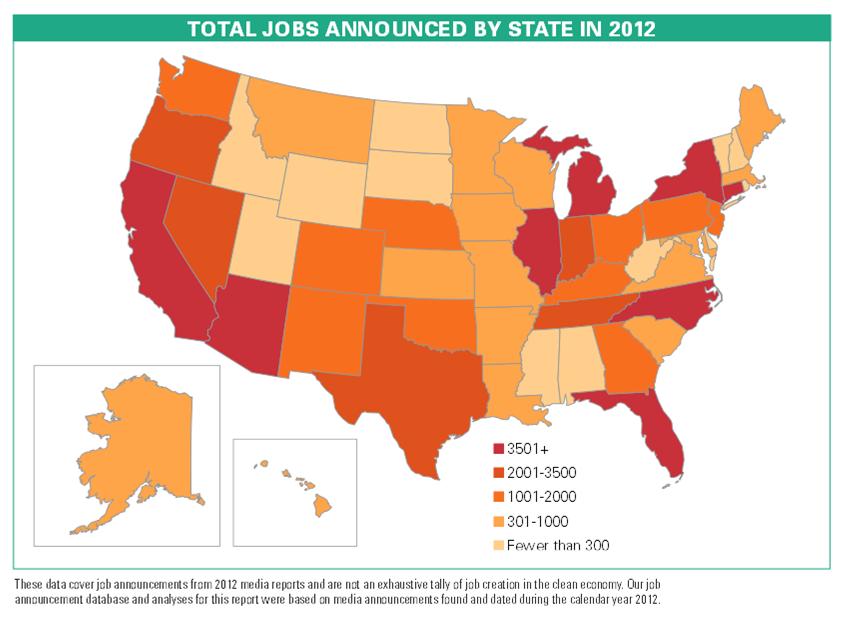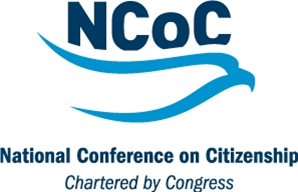Small Business Development Center is Re-launched At UConn Campuses, Chambers of Commerce
/The Connecticut Small Business Development Center (CTSBDC), a collaborative initiative of the federal Small Business Administration (SBA), State of Connecticut and University of Connecticut, is being rebooted, redesigned and re-launched in an effort to be more responsive to the state’s small and newly-forming businesses. CTSBDC is a five-year, $11.6 million program to provide financial and technical assistance to businesses with 500 or fewer employees – which accounts for roughly 93 percent of Connecticut employers.
The initiative was announced by UConn’s Vice President for Economic Development Mary Holz-Clause and state Commissioner of Economic and Community Development Catherine Smith during Connecticut Business Day at the State Capitol. They were joined by Gov. Dannel P. Malloy, President and CEO of the Business Council of Fairfield County Chris Bruhl, UConn Board Chair and Middlesex Chamber of Commerce President Larry McHugh and business leaders from across the state.
“The new SBDC is designed to focus more like a private sector business: close to its customers, interconnected, efficiently using scarce resources, and offering a slate of innovative new services,” Bruhl said. “With a statewide network of 11 local SBDC offices, the Center strives to build the local ecosystem, recognizing that small business begins at the local level.”
The program will fund 16 full-time positions and two part-time positions, with individuals located at each of the 11 service centers, including seven local Chambers of Commerce and four regional UConn campuses, as well as the UConn c ampus in Storrs, and the Department of Commerce Export Assistance Center in Middletown.
ampus in Storrs, and the Department of Commerce Export Assistance Center in Middletown.
During the news conference, Holz-Clause pointed out that the University is an ideal home for the SBDC, as the power of UConn’s network of more than 100,000 alumni can be tapped to serve as both mentors and connectors for small businesses to ensure they are successful. In addition, the six regional campuses provide the SBDC with an established network of satellite sites that are already engaged in local, state, and national business development efforts. She also noted the work of organizations such as UConn Ventures, which are helping to launch new businesses based on research and innovation at UConn.
“UConn is really focused on growing Connecticut’s economy from the ground up,” said Holz-Clause. “That’s why this partnership is such a perfect fit for us. It builds on some of our existing strengths and gives us a front-row seat for truly exciting developments in the state’s business community.”
Governor Malloy pointed out that “The reinvigorated Small Business Development Center takes our economic development strategy to a new level, combining the academic strength and resources of our flagship university with the knowledge and reach of our chambers of commerce, to bring technical and financial assistance to the sector responsible for the overwhelming majority of our jobs: small businesses.”
The Small Business Development Center program, administered by the federal government’s Small Business Administration, has been providing service to small businesses for more than 30 years and is one of the largest professional small business management and technical assistance networks in the nation with over 900 locations across the country. In Connecticut, it had been based at Central Connecticut State University and the Connecticut State University System in recent years. Previously, UConn had hosted the program.
For more information regarding the SBDC and its programs, please visit the newly designed website at www.ctsbdc.org. To learn more about UConn’s Office of Economic Development, please visit www.innovation.uconn.edu.









































